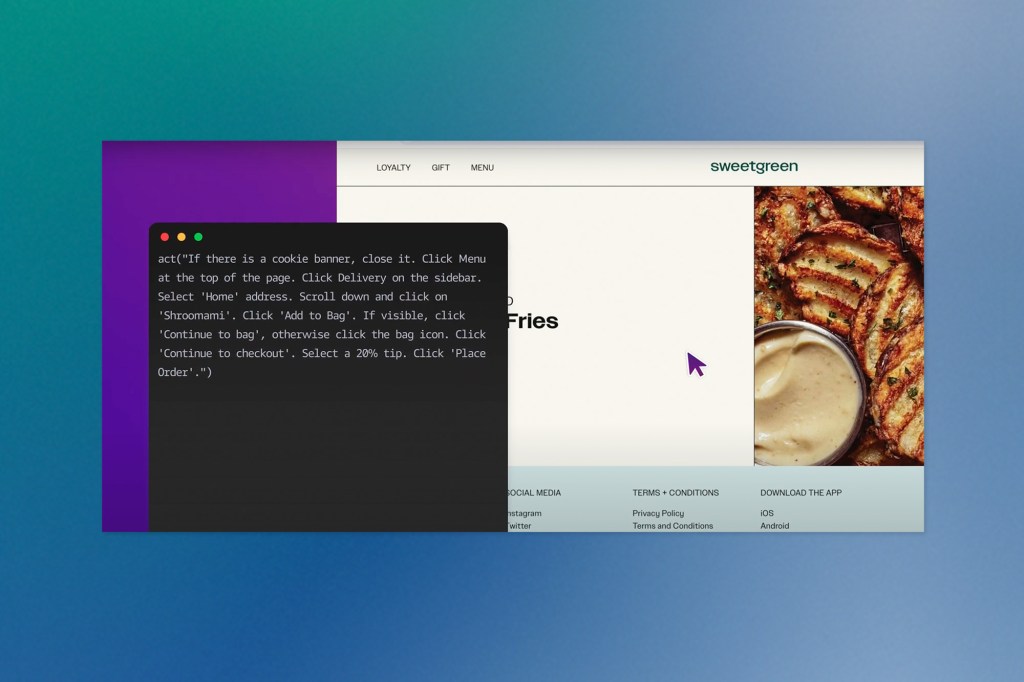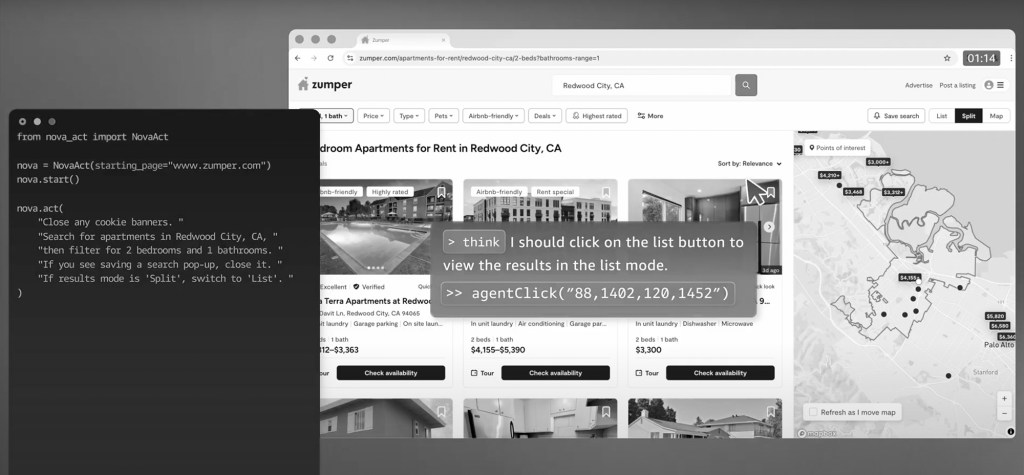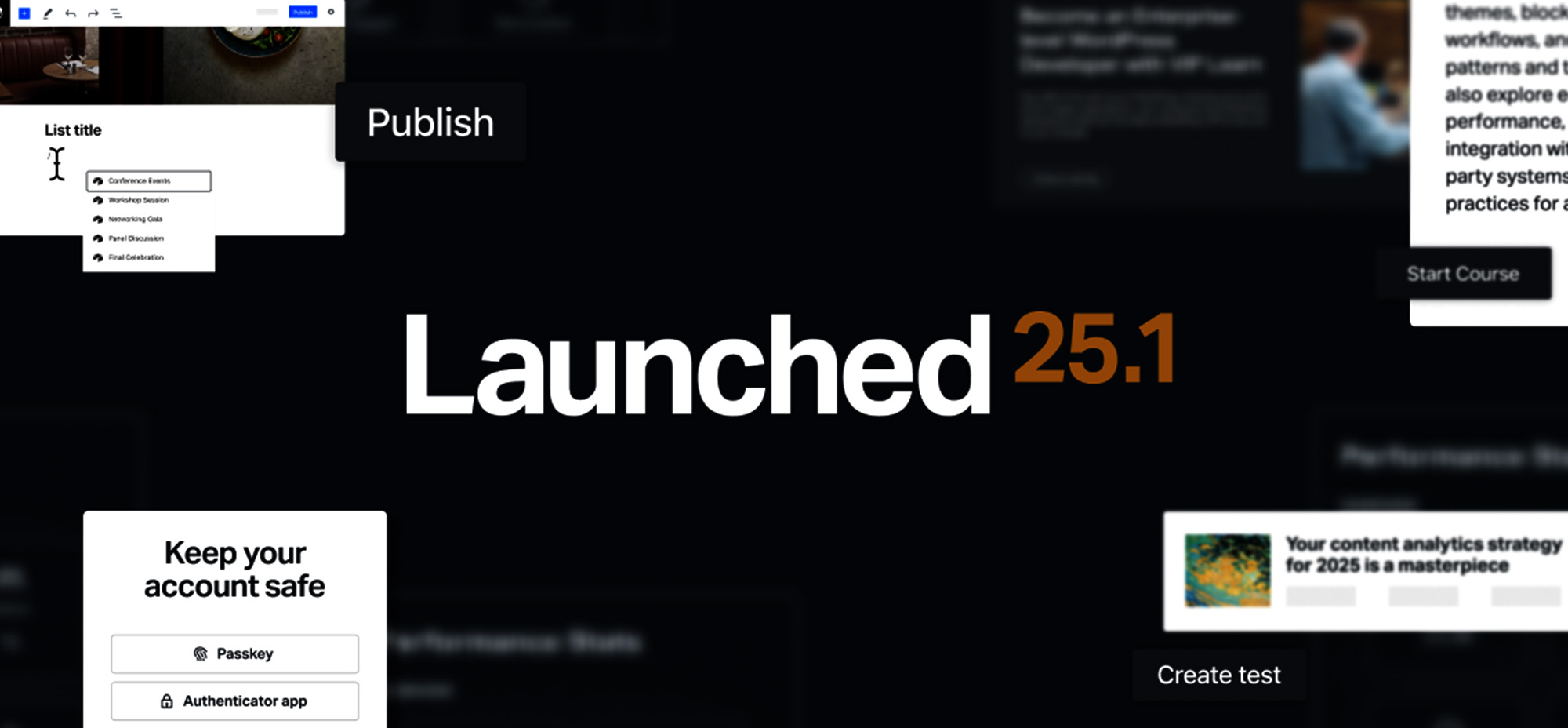March closed with Amazon joining the AI agent race through Nova Act, while OpenAI surprised everyone by planning an “open” language model release. Meanwhile, Runway unveiled Gen-4 for more consistent AI videos, and Elon Musk merged his AI and social media ventures as xAI acquired X in an all-stock deal. These four significant developments, arriving nearly simultaneously, highlight the fierce competition and rapid evolution happening across different segments of the AI industry.
Listen to AI Knowledge Stream
AI Knowledge Stream is an AI-generated podcast based on our editor team’s “AI This Week” posts. We leverage cutting-edge AI tools, including Google Notebook LM, Descript, and Elevenlabs, to transform written content into an engaging audio experience. While AI-powered, our team oversees the process to ensure quality and accuracy. We value your feedback! Let us know how we can improve to meet your needs better.
Amazon Enters the AI Agent Race with Nova Act
Amazon has joined the AI agent competition with Nova Act, a new AI system designed to control web browsers and execute basic tasks. This move puts Amazon in direct competition with OpenAI’s Operator and Anthropic’s Computer Use technologies.
Key Highlights
– Nova Act: Released March 31, 2025, as a “research preview” that can control web browsers to perform basic actions
– Nova Act SDK: A toolkit for developers to build agent prototypes using Nova’s capabilities
– Future Integration: Will power key features in the upcoming Alexa+ upgrade
– Development Team: Created by Amazon’s San Francisco AGI lab, led by David Luan and Pieter Abbeel (former OpenAI researchers)

Strategic Significance
Nova Act is particularly noteworthy as the first public product to emerge from Amazon’s San Francisco AGI lab. This release demonstrates that the company’s investment in artificial general intelligence research is beginning to produce tangible results. Under the leadership of former OpenAI researchers David Luan and Pieter Abbeel, this initial offering suggests Amazon is committed to developing more advanced AI systems that can operate autonomously on behalf of users.
The planned integration with Alexa+ represents a significant advantage. While other companies have developed similar agent technologies, Amazon’s existing Alexa devices are already in millions of homes. This established distribution network could give Nova Act much wider adoption than competing systems requiring users to seek out new platforms.
Current Limitations
Like other AI agents, reliability across different domains remains a challenge. Early AI agents from competitors have been slow, struggled with independence, and made non-human errors.
OpenAI Plans to Release “Open” Language Model
OpenAI has announced plans to release its first “open” language model since GPT-2 in the coming months. This initiative was revealed through a feedback form published on their website.
The company is actively seeking input from developers, researchers, and the broader AI community to shape this forthcoming model. Their feedback form asks questions about what users would like to see in an open-weight model and which open models they’ve used previously.
To gather more comprehensive feedback, OpenAI plans to host a series of developer events, beginning with sessions in San Francisco within the next few weeks, followed by additional gatherings in Europe and Asia-Pacific regions. These events will eventually include demonstrations of model prototypes.
CEO Sam Altman provided additional context on social media, indicating that the upcoming open model will feature “reasoning” capabilities similar to OpenAI’s o3-mini. He emphasized that before release, the model will undergo evaluation according to their preparedness framework, with additional precautions taken since they expect the model to be modified after release.
This shift toward an open model approach comes as OpenAI faces increased competition from rivals employing open-source strategies. Meta’s Llama family of open AI models has reportedly accumulated over one billion downloads, while Chinese AI lab DeepSeek has rapidly grown its user base through its open approach.
Runway Unveils Gen-4 Video Generation Model
Runway has launched Gen-4, a new AI video generation model that promises significant advancements in consistency and realism. The model is now available to both individual and enterprise customers.
According to Runway, Gen-4 excels at maintaining consistent characters, locations, and objects across different scenes while creating “coherent world environments.” It can also regenerate elements from various perspectives within scenes without requiring additional training or fine-tuning.
Gen-4’s ability to maintain character consistency across different lighting conditions using reference images is a key feature highlighted by the company. Users can provide subject images and describe their desired composition to craft specific scenes.

Runway faces significant competition in the AI video generation space from major players, including OpenAI and Google. The startup, backed by investors such as Salesforce, Google, and Nvidia, has worked to differentiate itself by partnering with a major Hollywood studio and allocating millions to fund films using AI-generated video.
The release comes amid both business growth and legal challenges. Reports indicate Runway is raising funding that would value the company at $4 billion, aiming to reach $300 million in annualized revenue this year. However, the company also faces a lawsuit from artists alleging unauthorized use of copyrighted artwork for training data, though Runway argues fair use provides legal protection.
xAI Acquires X in All-Stock Deal
In a significant consolidation of Elon Musk’s tech empire, xAI has officially acquired the social media platform X (formerly Twitter) in an all-stock transaction announced on March 29, 2025.
The merger formalizes what Musk described as “intertwined” futures between the two companies. “Today, we officially take the step to combine the data, models, compute, distribution and talent,” Musk wrote in his announcement on X. This integration suggests a strategic move to leverage X’s vast repository of user-generated content for AI training while utilizing the platform’s reach of over 600 million active users as a distribution channel for xAI’s products.
This acquisition marks a notable shift in X’s corporate journey since Musk purchased it for $44 billion in October 2022. The platform’s valuation has fluctuated dramatically, at one point being valued by Fidelity at less than $10 billion.
Meanwhile, xAI has been rapidly expanding since its 2023 founding. The company released Grok 3 in February 2025, a model that reportedly competes with leading AI systems on various benchmarks.
As the deal combines two of Musk’s high-profile ventures, it further suggests that X’s true value may lie primarily in advancing Musk’s broader AI ambitions rather than as a standalone social media business.
Keep ahead of the curve – join our community today!
Follow us for the latest discoveries, innovations, and discussions that shape the world of artificial intelligence.


